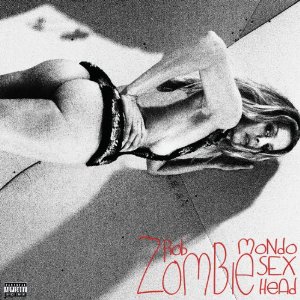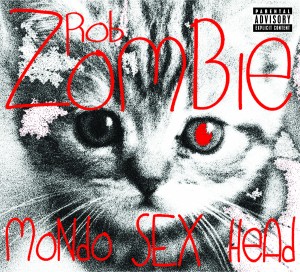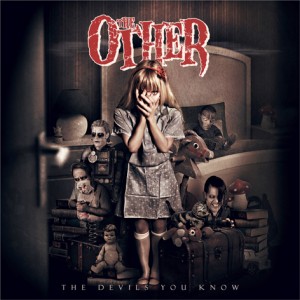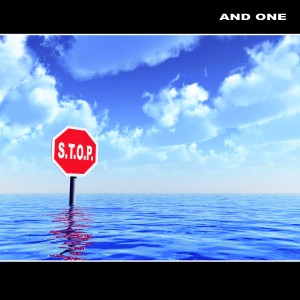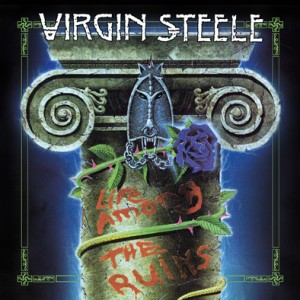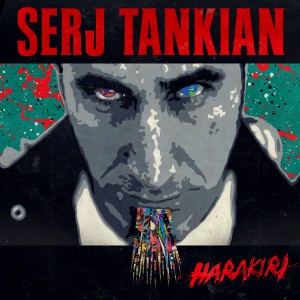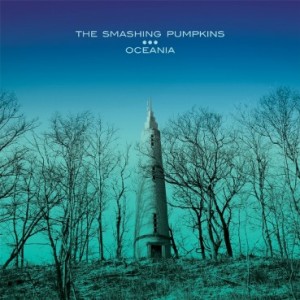You’d think it would be hard for Green Day to top it’s last two rock operas, 2004’s American Idiot and 2009’s 21st Century Breakdown. But, nope, the one-time underground punk band looks to top those grandiose efforts with yet another ambitious project, a trilogy of albums and eventual box set) beginning with ¡Uno! (¡Dos! is scheduled to be released in November and ¡Tré! comes out in January).
 ¡Uno! sees the band returning to the its punk rock roots while also expanding into other sonic realms. But not in the same way it has on the last two albums, which maintained the band’s punchy stylings while venturing into more elaborate structuring reminiscent of The Who and Queen. This time around, Green Day takes a simpler approach that ends up sounding more like Cheap Trick-style pop than the edgier Buzzcocks/Sex Pistols stylings of earlier releases. But Green Day’s music has always been catchy, so it was probably pretty easy to step away from the concept albums and get back to recording fast-paced pop songs (which is probably why the band was able to produce three albums in such a short period of time).
¡Uno! sees the band returning to the its punk rock roots while also expanding into other sonic realms. But not in the same way it has on the last two albums, which maintained the band’s punchy stylings while venturing into more elaborate structuring reminiscent of The Who and Queen. This time around, Green Day takes a simpler approach that ends up sounding more like Cheap Trick-style pop than the edgier Buzzcocks/Sex Pistols stylings of earlier releases. But Green Day’s music has always been catchy, so it was probably pretty easy to step away from the concept albums and get back to recording fast-paced pop songs (which is probably why the band was able to produce three albums in such a short period of time).
“Nuclear Family” has the sarcasm and staccato of something off the band’s 2000 Warning release while “Let Yourself Go” has an anthemic AC/DC quality. “Kill the DJ” has a touch of Jet/Franz Ferdniand-like garage rock as well as a catchy ’80s dance vibe. “Sweet 16,” like a few other songs here, is basically a pop rock ballad, which actually suits Green Day’s subversive sneer (especially since there still seems to be an underlying middle finger that binds the entire album).
If ¡Uno! is any indication of what ¡Dos! and ¡Tré! will have to offer (they are meant to be one cohesive work, after all), then Green Day has plenty more pop punk where all this came from. But don’t let the simplicity fool you. The last two albums may have been presented as three structured acts, but composing three entire albums can’t be any easier (thought it sounds like it’s just as fun).

